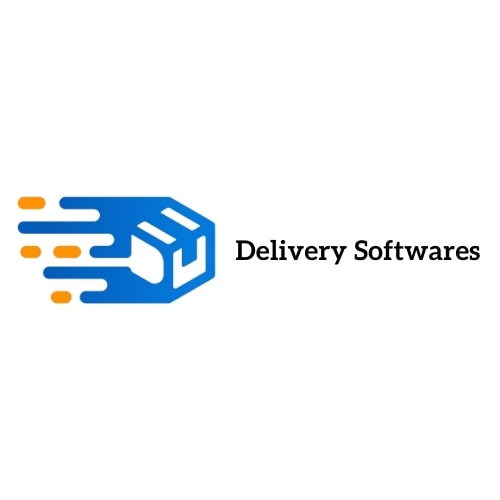Almost everyone who
is into the world of e-commerce or retail has heard of the term "last mile
delivery." For those unfamiliar, last-mile delivery is a term used to
describe the process of delivering goods to customers who have bought them online.
It serves as the final leg of the supply chain process--the part in which items
are sent to customers' homes or businesses after they have been bought and
processed through an order fulfillment center.
An Introduction to
the Future of Last Mile Delivery Software
The term "last
mile" is used to describe the final step in the process of delivering
goods or services to customers. This last step is often the most challenging
and expensive, which is why many businesses are looking for ways to improve
their last-mile delivery operations.
One way to do this is
by using same
day delivery software. This type of software can help businesses track deliveries, optimize
routes, and manage driver schedules. It can also provide real-time visibility
into the status of deliveries so that businesses can quickly resolve any issues
that arise.
Same day delivery
software is still in its early stages, but it has already shown promise as a
tool for improving last-mile delivery operations. As the technology continues
to evolve, it is likely that more and more businesses will adopt it, in order
to stay competitive in the e-commerce market.
What Is Last-Mile
Delivery Software?
As e-commerce and
online shopping become more and more popular, the need for efficient last-mile
delivery software becomes more and more important. Last mile delivery software is designed to help businesses
streamline their delivery operations and get their products to customers as
quickly and efficiently as possible.
There are a number of
different features that on demand delivery software can offer, but some of the
most common include route planning, real-time tracking, and driver management.
Route planning can help businesses plan the most efficient routes for their
drivers to take, while real-time tracking can help customers track their orders
and know exactly when they can expect them to arrive. Driver management
features can help businesses keep track of their drivers' hours and
performance, as well as manage any issues that may arise.
The use of last-mile
delivery software is growing rapidly, and it's expected that even more
businesses will start using it in the future. With its ability to streamline
operations and improve efficiency, it's no wonder why so many businesses are
turning to this type of software to help them with their deliveries.
As the name suggests,
on demand delivery software is a set of tools and applications that are used to
manage the final stage of the delivery process – from the point of pick-up to
the point of delivery. This type of software is used by businesses that need to
ensure that their products or services are delivered to customers in a timely
and efficient manner.
How Does It Work?
Last-Mile Delivery
Software typically includes a range of features and tools that help businesses
to plan, track and manage their deliveries. This can include features such as
GPS tracking, route planning, real-time updates, customer notifications, and
more. By using these tools, businesses can optimize their delivery operations
to ensure that they are as efficient and effective as possible.
The Benefits and
Drawbacks of Last Mile Delivery Software
There's no doubt that
last-mile delivery software has revolutionized the way businesses operate. By
automating the process of delivery, these software programs have made it
possible for companies to save time and money. But, like any new technology,
there are both benefits and drawbacks to using last-mile delivery software.
On the plus side,
last-mile delivery software can help businesses to improve their efficiency and
accuracy. In the past, businesses would have to rely on manual processes to
keep track of deliveries, which could often lead to errors. But with last-mile
delivery software, all of that information is automatically tracked, meaning
businesses can avoid costly mistakes.
Another benefit of
using last-mile delivery software is that it can help businesses to optimize
their routes. By understanding where their deliveries are going and when they
need to be there, businesses can plan the most efficient routes possible. This
not only saves time, but it can also save on fuel costs.
However, there are
some drawbacks to using last-mile delivery software as well. One of the biggest
concerns is data security. Because last-mile delivery software collects
sensitive information about customers and deliveries, there's a risk that this
data could be stolen or hacked. That's why before getting the best last mile delivery software, you should ensure safe, reliable, and
trustworthy software.
Conclusion
The last-mile
delivery software market is only going to grow in the coming years as
e-commerce continues to boom. Companies are already starting to invest in this
software and we can expect to see even more innovation in the space. With that
said, it's important to choose software that fits your needs and that you can
trust to get your deliveries done on time. We hope this article has helped you
understand the landscape of last-mile delivery software and what options are
available to you.
If you are looking
for the best last mile delivery software then you can contact Delivery Softwares. We offer amazing and featureful
software that will help you to deliver an extreme customer
experience.



Article comments